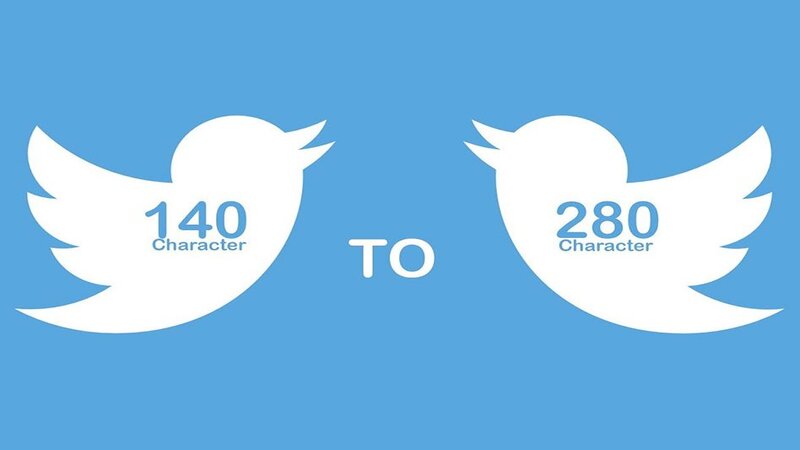
Twitter's distinguishing feature is its hard character
limit, which allows users to communicate their thoughts and ideas in a compact
framework. This character limit, which was first set at 140 and was later
increased to 280, offers both advantages and downsides in terms of moulding the
platform's communication style and user experience.
The emphasis on brevity and conciseness is one of the
primary benefits of Twitter's character limit. This constraint pushes users to
reduce their messages to their most important components, removing needless
fluff and encouraging them to communicate more efficiently. The character
restriction improves clarity, allowing users to skim and digest a large number
of tweets in their feed.
The character constraint also inspires innovation and
enables individuals to express themselves in novel ways. It has spawned new
modes of communication such as witty wordplay, acronyms, and the use of emojis.
Twitter's character limit forces users to be concise and inventive in their message
delivery, resulting in a distinct and frequently entertaining communication
style on the platform.
Furthermore, by providing a fair playing field for all
users, the character limit encourages a more inclusive environment. Each tweet
has the same character limit, regardless of follower count or status, allowing
users to join in discussions and voice their opinions without feeling
overshadowed by longer or more intricate postings.
However, there are certain disadvantages to the character
limit. Because of the brevity of tweets, there is a risk of miscommunication or
a lack of context. Complex ideas may be oversimplified, nuance lost, and
conversations may be shallow. When participating in Twitter chats, users must
carefully choose their words and keep the constraints in mind.
Furthermore, the character limit may enhance the frequency
of disinformation and the propagation of incomplete or incorrect information.
Because of the condensed nature of tweets, complete explanations or sources may
not always be possible, making it easier for incorrect or misleading statements
to proliferate. Users must assess material attentively and seek alternate
sources outside of Twitter.
Furthermore, the character constraint can occasionally
stymie effective discourse and nuanced debates. Complex subjects frequently
necessitate careful study, elaborate explanations, and lengthy arguments, which
may not be adequately represented in a single tweet. This constraint can lead
to oversimplification and impede the investigation of diverse points of view.
To summarise, Twitter's character limit benefits brevity,
innovation, and inclusive participation. It promotes concise communication and
cultivates a distinct communication style. It does, however, bring issues such
as misinterpretation, a lack of context, the possibility of misinformation, and
restrictions in facilitating in-depth talks. To properly engage with the
platform and communicate within the character limit's limits, users must manage
these pros and cons.